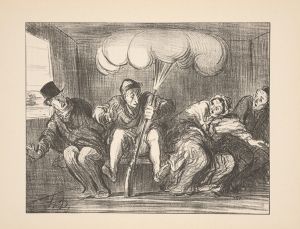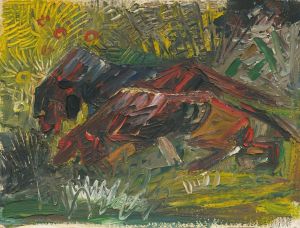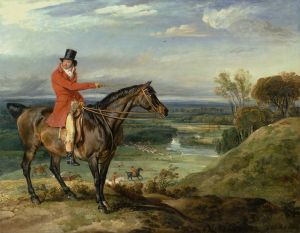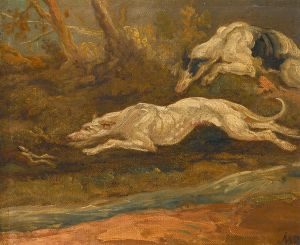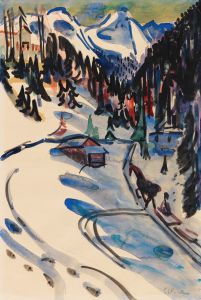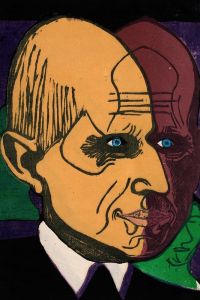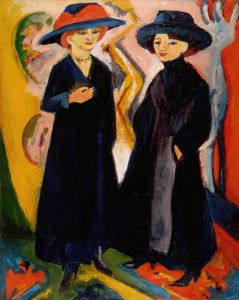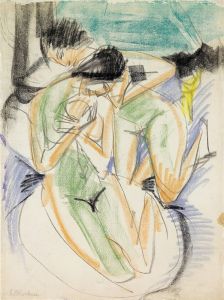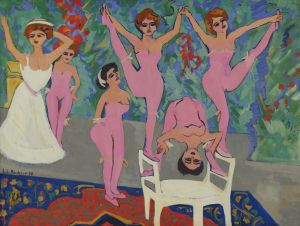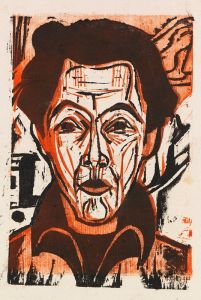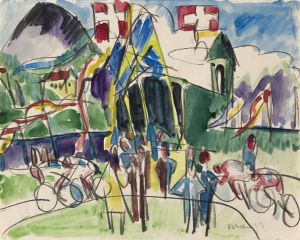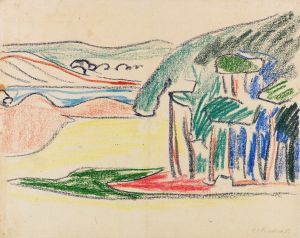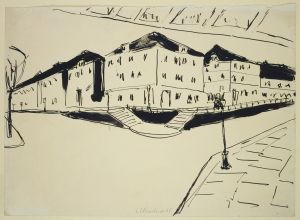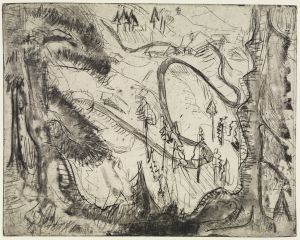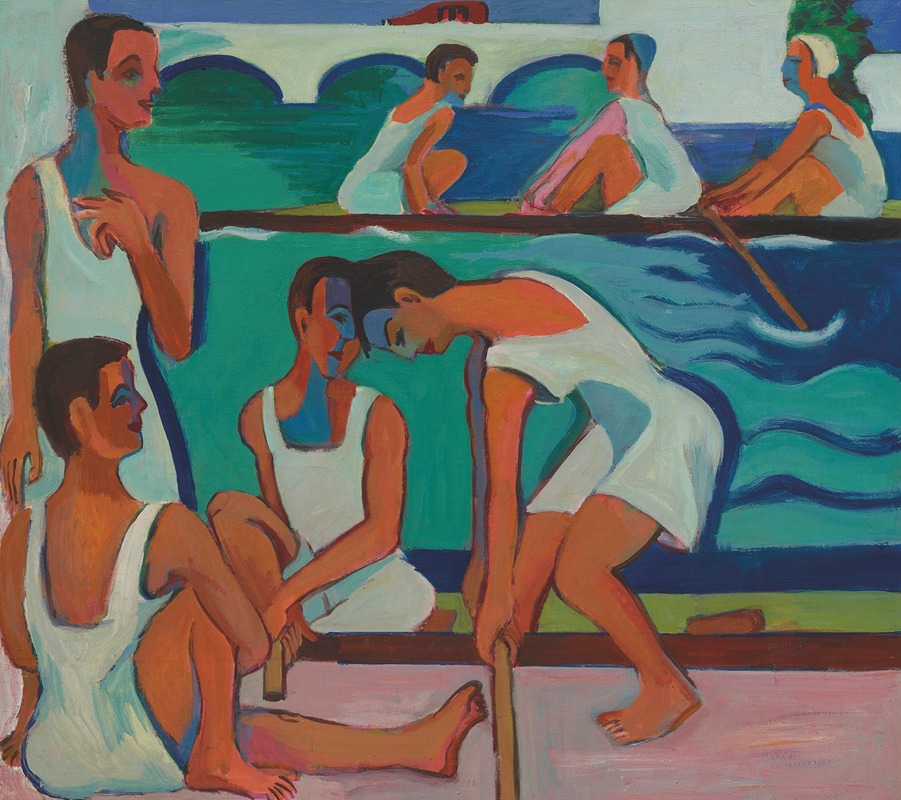
Ruderer
A hand-painted replica of Ernst Ludwig Kirchner’s masterpiece Ruderer, meticulously crafted by professional artists to capture the true essence of the original. Each piece is created with museum-quality canvas and rare mineral pigments, carefully painted by experienced artists with delicate brushstrokes and rich, layered colors to perfectly recreate the texture of the original artwork. Unlike machine-printed reproductions, this hand-painted version brings the painting to life, infused with the artist’s emotions and skill in every stroke. Whether for personal collection or home decoration, it instantly elevates the artistic atmosphere of any space.
Ernst Ludwig Kirchner was a prominent German expressionist painter and one of the founding members of the artist group Die Brücke (The Bridge), which played a pivotal role in the development of modern art in the early 20th century. Kirchner's work is characterized by its bold use of color, dynamic compositions, and emotive subject matter, often reflecting the tensions and anxieties of the modern world.
"Ruderer" (Rowers) is one of Kirchner's notable works, exemplifying his distinctive style and thematic interests. Painted during a period when Kirchner was deeply engaged with the expressionist movement, the artwork captures the energy and movement of rowers in action. This painting is a testament to Kirchner's fascination with the human form and his ability to convey motion and emotion through his brushwork.
The composition of "Ruderer" is dynamic, with the figures of the rowers depicted in a way that emphasizes their physical exertion and the rhythmic nature of their activity. Kirchner's use of color is particularly striking in this piece, with bold, contrasting hues that enhance the sense of vitality and urgency. The brushstrokes are expressive and fluid, contributing to the overall sense of movement within the painting.
Kirchner's interest in depicting scenes of modern life and leisure is evident in "Ruderer." The subject of rowing, a popular recreational activity, reflects the artist's engagement with contemporary themes and his desire to capture the spirit of his time. This focus on modernity is a hallmark of Kirchner's work and is indicative of the broader aims of the Die Brücke group, which sought to bridge the past and present through innovative artistic expression.
The painting also reflects Kirchner's interest in the human body and its capabilities. The rowers are depicted with elongated forms and exaggerated gestures, a stylistic choice that emphasizes their strength and the physical demands of their activity. This approach is consistent with Kirchner's broader exploration of the human figure, which often involved distortion and abstraction to convey psychological depth and emotional intensity.
"Ruderer" is part of Kirchner's broader body of work that explores themes of movement, modernity, and the human experience. His paintings often serve as a commentary on the rapid changes occurring in society during the early 20th century, capturing both the excitement and the alienation that accompanied these transformations.
Kirchner's contribution to the expressionist movement and his influence on modern art cannot be overstated. His innovative use of color, form, and composition has left a lasting impact on the art world, and works like "Ruderer" continue to be celebrated for their dynamic energy and emotional resonance. Through his art, Kirchner provides a window into the complexities of the human condition and the ever-evolving landscape of modern life.





